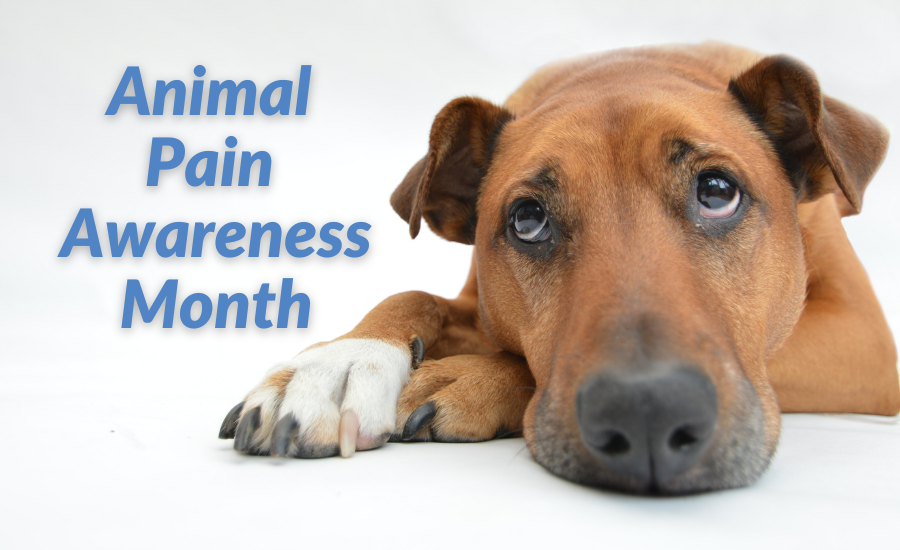September
September and fall. Back-to-school, football, crunchy leaves, and all things autumn are likely at the forefront of our minds. September, like all other months, has other associations, too. Just as October is Breast Cancer Awareness Month, September has its own topic for education – pain.
In 2015, IVAPM, or The International Veterinary Academy of Pain Management, declared September as Animal Pain Awareness Month because it coincides with September as Pain Awareness Month for humans. Bolstering awareness of pain and its effects will help shed awareness of it for all.
Compassion and Understanding
Although progress has been made in understanding people’s pain, less has been made in understanding animals’ pain. There weren’t many options to study pain in past practices of veterinary medicine, but places like North Carolina State University College of Veterinary Medicine (CVM) are working to change that. Formerly, only about ten hours of education was provided to veterinary students around pain management for animals, and that mostly focused on post-operative pain management.
Many veterinarians, including Minnesota Veterinary Hospital, have begun to understand the importance of treating chronic pain in pets and the benefits gained from that treatment. As a veterinary practice, we believe in providing compassionate care for your pet in the most understanding environment possible.
Your Pet’s Pain
Our pets are so strong and resilient. Most pets don’t communicate pain overtly, so it can be difficult to tell when they hurt. Your pet may exhibit some of the following when they’re in pain:
- Over-grooming or licking the same area frequently
- Unwillingness to climb stairs
- Difficulty standing after they’ve been lying down
- Inability to jump on their usual surfaces
- Decreased appetite
- Decreased activity level
- Decreased social interaction
- Increased vocalization
Often pets who are in pain instinctively try to hide it, so they seem less friendly or affectionate. Sometimes, your pet will seem like they’re just not themselves.
If any of these are true, it’s a good idea to check in with their vet who can help determine whether your pet is in pain and find its source.
Your Veterinarian
When trying to understand your pet’s pain, your veterinarian will first talk with you to determine whether your pet’s pain is acute (due to an injury or illness) or chronic (longer than three months). Your veterinarian will also look for additional medical signs. They will check your pet’s:
- Respiration rate
- Body temperature
- Heart rate
for signs of distress. Your vet will also work to diagnose your pet’s health issue to treat it properly. Aside from injury, the most common causes of your pet’s chronic pain are:
- Untreated dental problems
- Osteoarthritis
- Degenerative joint disease
- Untreated acute pain
- Neurological disease or injury
A diagnosis is key to treating your pet’s pain properly.
Kind Of Treatment
Minnesota Veterinary Hospital, in Shoreview, MN, is committed to finding the cause of your pet’s pain and discomfort and treating it with the most effective solution for your animal best friend. We may recommend a variety of treatment options, including the techniques we use as a fear free facility, to ease your pet’s anxiety around visiting us and receiving treatment. We’ll work with you to help ease your pet’s pain and so they can get back to their usual antics, allowing you to fully enjoy your life together.

